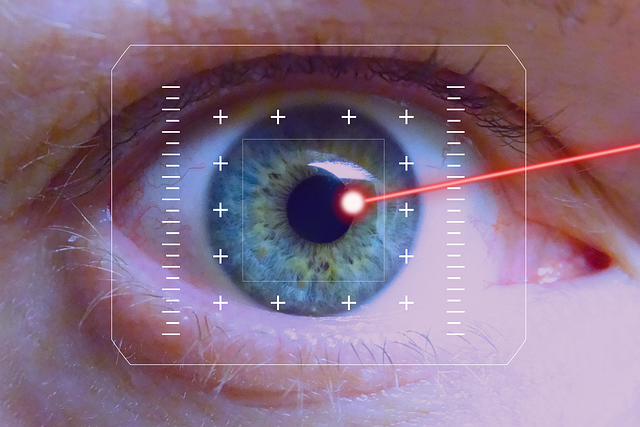Photography is an art that blends emotion, creativity, and technical know-how. One of the most vital aspects when capturing an image is lighting. Proper lighting can elevate a simple snapshot into an extraordinary piece of art. However, sometimes the lighting conditions don’t cooperate as we hope, resulting in underexposed or overexposed photographs. This is where histogram correction comes into play, allowing you to enhance your photos and achieve the perfect balance of light.
First, let’s dive into what a histogram is. Essentially, a histogram is a graphical representation of the tonal values in your photo, showing the distribution of shadows, midtones, and highlights. By analyzing this visual tool, you can quickly determine if your exposure is off. A well-balanced histogram will feature a good spread of pixels across the tonal range, whereas a skewed histogram may indicate potential issues in your image.
When working with your camera, it’s crucial to check the histogram before leaving the scene. If your histogram is skewed to the left, it signifies that the image is underexposed, while a histogram leaning towards the right indicates overexposure. Armed with this knowledge, you can adjust your camera settings in real-time, ensuring that you capture the best possible light. Consider tweaking your aperture, shutter speed, or ISO settings to correct the exposure right on the spot.
If you find yourself after the fact, looking at a photo that needs help, don’t fret! Histogram correction techniques in post-processing can salvage even the most challenging exposures. Software like Adobe Lightroom or Photoshop allows you to manipulate the histogram. You can adjust the shadows, highlights, and mid-tones to breathe new life into your image. The ‘Curves’ tool is particularly useful for making fine adjustments to different tonal areas, creating a more dynamic range of light.
When engaging in histogram correction, remember that subtle adjustments often yield the best results. It’s easy to get carried away and push the sliders too far, which can lead to an unnatural appearance. Aim for a natural feel that accentuates the light you’re aiming to portray in your photograph.
Another important element is understanding optics and how your lens choice can affect exposure. Different lenses can interact with light in unique ways, which might influence your photography’s initial histogram. For example, a wide-angle lens may capture more light, whereas a telephoto lens might require adjustments to properly expose the image. Knowing your equipment and how it behaves in different lighting situations will provide a solid foundation to build upon your histogram correction skills.
As you delve deeper into the world of photography, embrace the power of histogram correction for optimal lighting results. Recognizing the role of light is key to capturing striking images that resonate with viewers. Whether you’re shooting in soft natural light or harsh artificial illumination, understanding how to analyze and correct your histogram will transform your photographic journey for the better. Your camera is an extension of your creative vision, and with the right techniques, you can masterfully manipulate light to tell powerful stories through your images.




